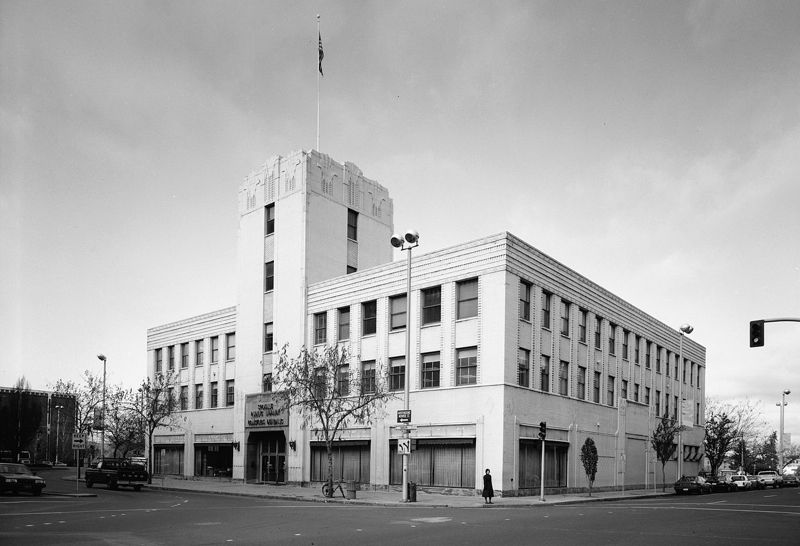Sign of the times: Sears stores morph into data centers


When I think of Sears, I'll never shake the brand image of dungarees and power tools. Chalk it up to a youth of watching too many commercials during NFL games, or something like that. You know, burly guys with mustaches and oversized flannel shirts, intrepidly tossing their just purchased Black & Decker into the back of a pickup. They might have even bought a few tires before heading to a construction site where, blink, in the next ad, you'd seemingly see the same fine fellows downing Budweisers.
We all know where that got the 120-year-old retailer.
Alas Sears, a shadow of its former self, now looks determined to keep up with the times.
Data Center Knowledge reports that the company hopes to lease out old abandoned stores as commercial data centers. Yes Sears is still on the heavy lifting scene, only now it's muscling in on "big data" and related activities of the digital economy.
Sears Holding has formed a group called Ubiquity Critical Environments to market property for server space and to house towers for wireless transmission equipment.
"Sears hopes to convert the retail icons of the 20th century into the Internet infrastructure to power the 21st century digital economy," the article states, describing the company's real estate portfolio as "one of the largest in the country, with 3,200 properties spanning 25 million square feet of space" including dozens of closed Sears and Kmart caverns. It quotes Ubiquity chief operating officer Sean Farney as saying:
“The goal is not to sell off properties. It’s to reposition the assets of this iconic brand. The big idea is that you have a technology platform laid atop a retail footprint, creating the possibility for a product with a very different look to it.”
From racks of clothes to racks of hard drives. A different look indeed.
Photo from Historic American Buildings Survey, Library of Congress via Wikimedia.
Another idea - take your data to Icleand, or elsewhere near the Arctic:
- BMW's cold call: It shifts computing to Iceland
- Letter to Balmer, Bezos, Cook: Go to Iceland
- Facebook plans sub-Arctic data center
- Iceland Cometh
This post was originally published on Smartplanet.com